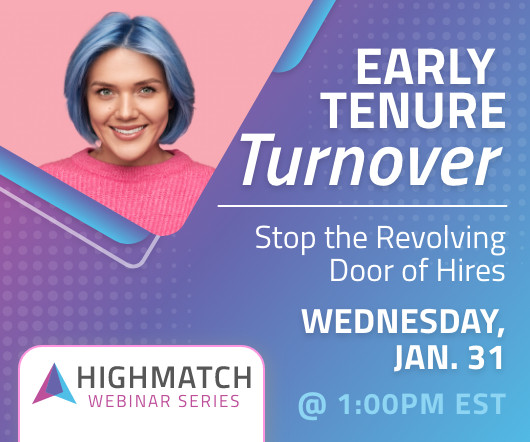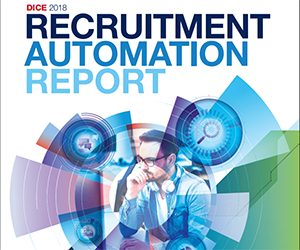5 Ways a Staffing Agency Can Transform Your Hiring Process
Hppy
NOVEMBER 15, 2024
In today’s competitive business landscape, the hiring process can be a time-consuming and challenging endeavor. With employee expectations and the job market constantly evolving, hiring managers and HR departments often find it difficult to keep up. Time and Cost Savings Hiring is both time- and resource-intensive.
























































Let's personalize your content